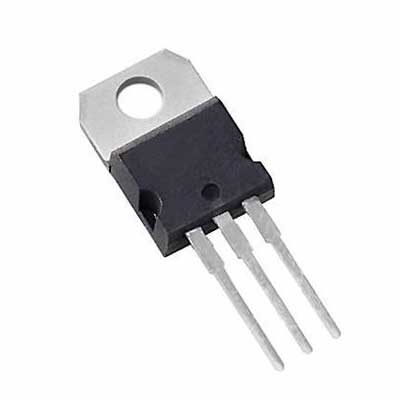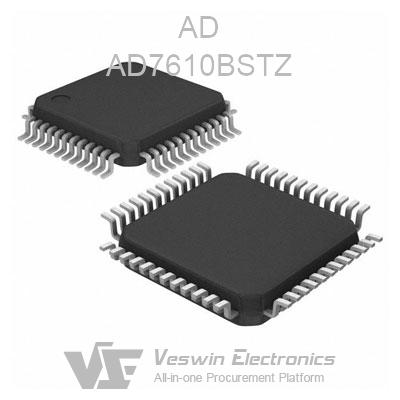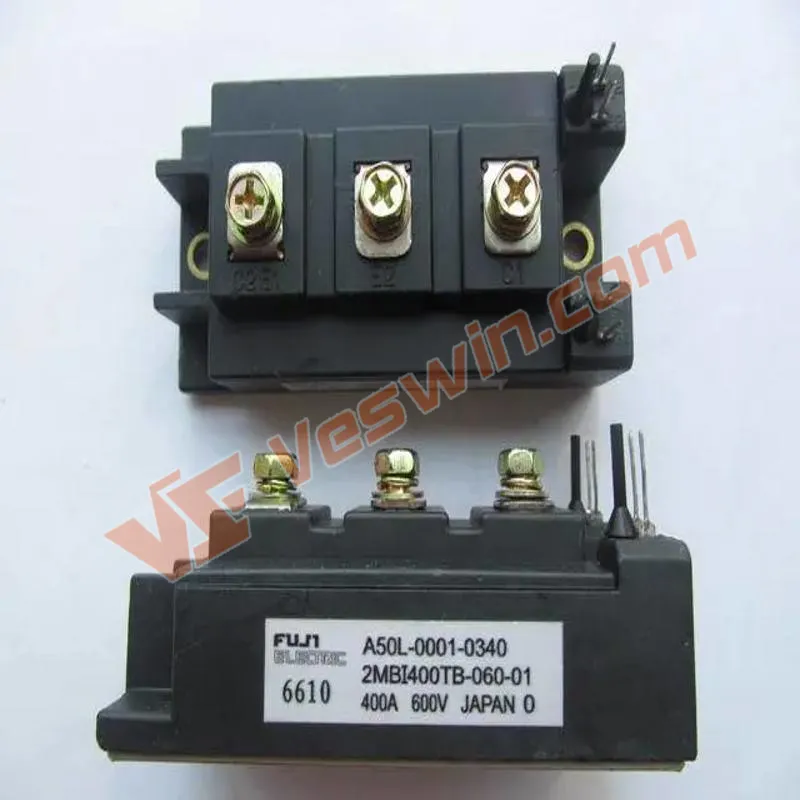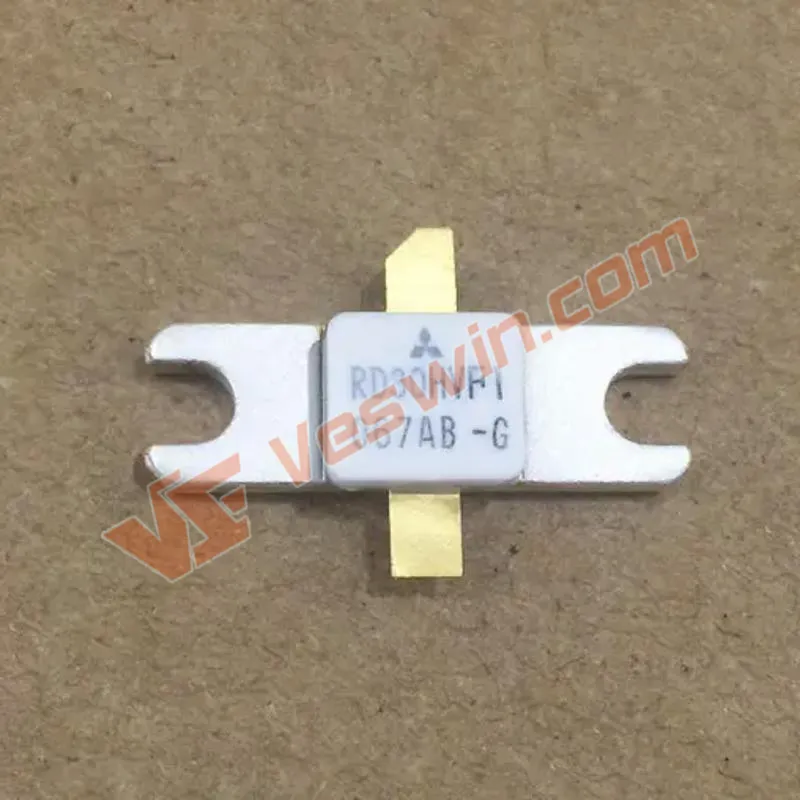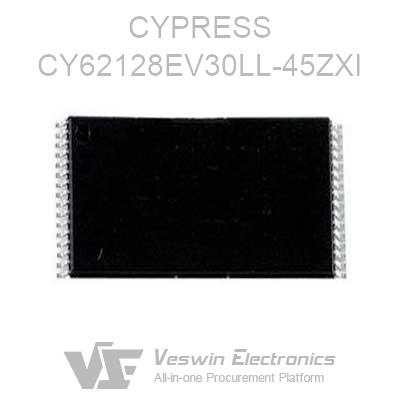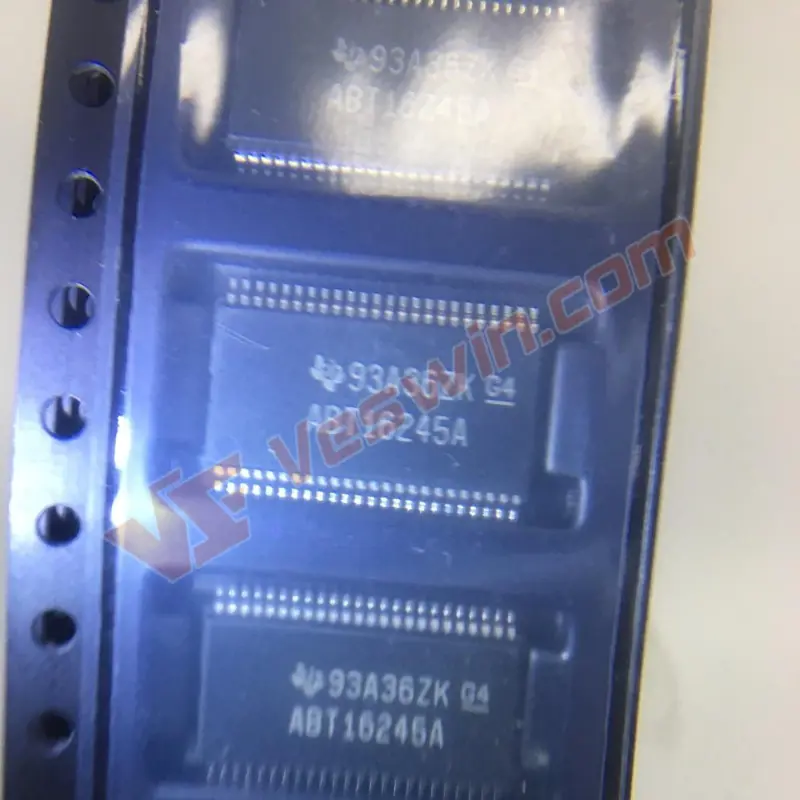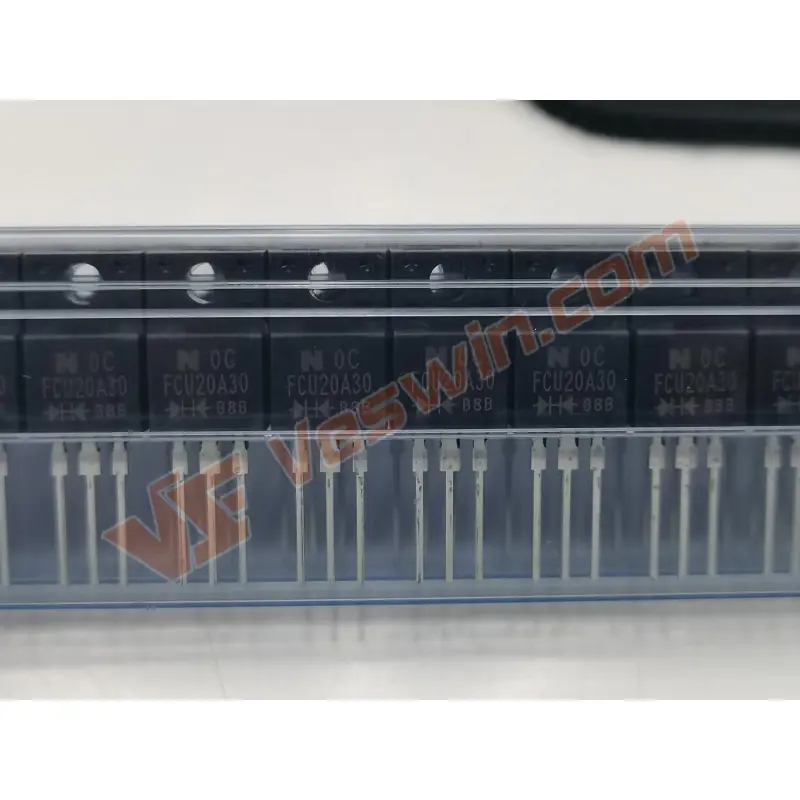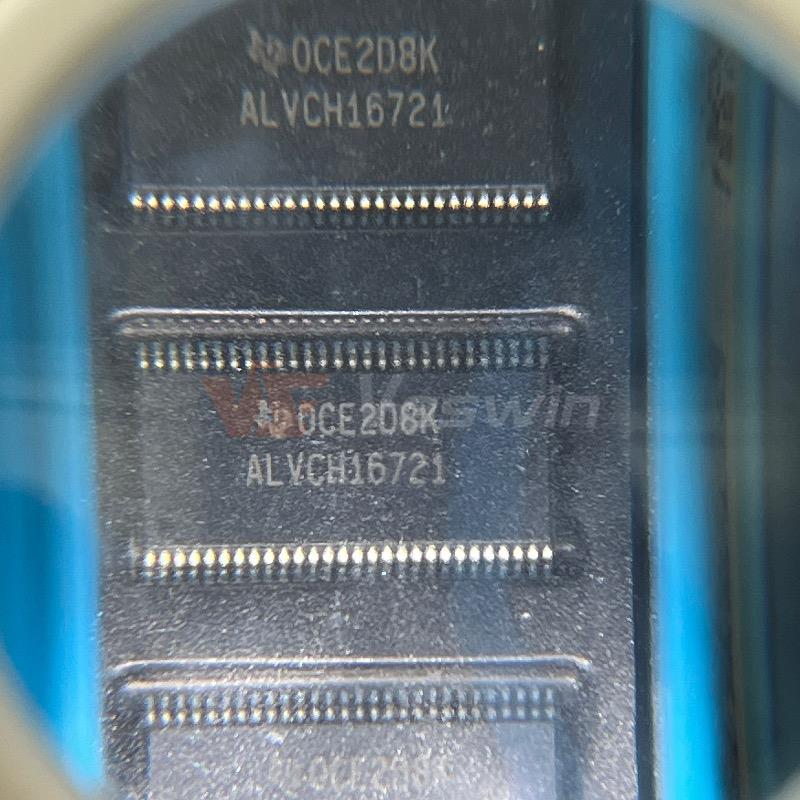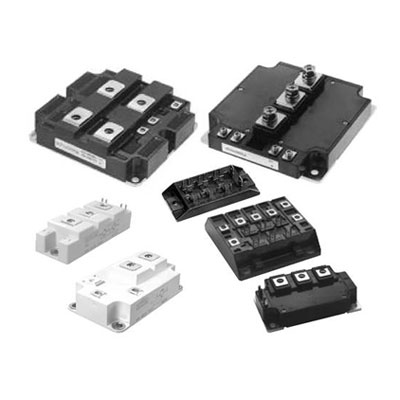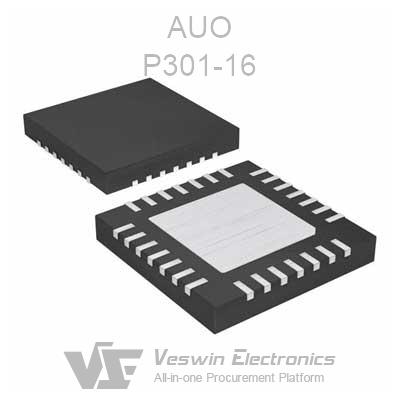Common faults in filter capacitors are breakdown, leakage, open circuit, and reduced capacitance. A simple fault analysis of the filter capacitor is performed today.
First of all, breakdown and leakage. A short circuit of the filter capacitor can cause a fault such as a low-voltage fuse to be blown, a rectifier or a semiconductor rectifier component to be burnt. If this is the input capacitance breakdown of the filter, the effect will be greater. When the output capacitor of the filter breaks down, due to the existence of a choke or filter resistor, it acts as a current limiting, so the risk of damaging the rectifier is slightly smaller, but the excess current will still cause the choke or filter resistor. Overheated or burned. Leakage will overload the rectifier and reduce the rectified output voltage. In severe cases, the rectifier or semiconductor rectifier components may be compromised. It is usually effective to measure the open or short circuit fault of the capacitor with an ohmmeter. However, the value of the leakage resistance varies greatly due to the different types of electrolytic capacitors. Therefore, it is not accurate enough to measure the leakage. The best method is to change one. Just a good try.
The second is to analyze open circuit or capacity reduction faults. The input capacitance of the filter has the effect of charging to the peak value of the input AC voltage, so it has an effect on the magnitude of the rectified output voltage. In a typical half-wave, full-wave or bridge rectifier circuit, when the capacitor is open or the capacity is reduced, the rectified output voltage is much reduced. In the case of a television set, it is likely to have a dark light, a small grating amplitude, and poor focus. Insufficient image contrast, poor synchronization, or low sound.
When the output capacitor of the filter has an open circuit or a reduced capacity, there is no significant influence on the rectified output voltage. However, since the filter performance of the filter is not good at this time, the ripple component of the output voltage is large, and various problems are also caused. . In order to obtain better re-display image and audio quality, the DC working voltage in the TV should be better filtered. If the ripple component is too large due to a defect in the filter, the raster, image, or sound will be distorted. In low frequency amplifiers, excessive ripple voltage produces hum. In the video amplifier, the excess ripple voltage appears as a grating, which is not overly introduced. Although the low-frequency ripple voltage cannot pass directly through the high-frequency portion and the image intermediate frequency amplifier, it can also modulate the signal voltage in the high-frequency portion or the image intermediate frequency amplifier to reach the picture tube. The characteristic at this time is that the grating itself does not have such a black belt, but only when it is received.
In addition to the output filter capacitor open circuit or reduced capacity can cause low-voltage rectification and filtering failure, there are many other causes of failure, such as input filter capacitor open circuit or capacity reduction, filter choke local short circuit, rectifier tube and tube seat Poor contact, etc. These problems will cause full-wave rectification to become half-wave rectified, the ripple voltage will also increase, and its frequency will be reduced from 100 Hz to 50 Hz, and the filtering effect will be insufficient.
When the output capacitor has an open circuit fault or a reduced capacity, in addition to the above-mentioned fault phenomenon due to an increase in the ripple component in the output voltage, other forms of adverse effects may occur. For example, the output capacitor has a decoupling function. If it does not work, there will be parasitic coupling between the various circuits of the load, so that the accompanying image or self-excitation may occur. Moreover, such failures are sometimes particularly susceptible to affecting the operation of the horizontal scanning circuit, thereby producing a more severe effect on the grating than described above. The common effects are two cases, one is that the horizontal size of the grating is small, and the other is the horizontal curling, darkness or even no light of the grating. Therefore, when encountering such a fault phenomenon, if the horizontal scanning circuit is checked for no fault and the B+ voltage is not low, it is necessary to pay attention to whether the fault is caused by the power supply.
There are three cases of open circuit failure of the electrolytic capacitor. One is that the outer casing and the bottom plate are in poor contact. At this time, the nut piece can be re-tightened. The other is that the external electrode of the electrolytic capacitor is not fixed, and it can be fixed again. The third type is that the internal lead wire of the electrolytic capacitor is loose or broken. This capacitor can also be repaired. It is only necessary to disassemble the outer casing and then fasten the rivet or reconnect the broken lead wire. In addition to the above-mentioned common faults, the electrolytic capacitor of the low-voltage rectifier circuit may also explode. The reason is generally that the voltage of the circuit is too high, the capacitor withstand voltage is insufficient, or the rectifier tube is bumped, the semiconductor rectifier component is broken down, and the low-voltage fuse is used. The capacity is too big and so on.
Have you learned the knowledge about the fault analysis of the filter capacitor?
Hot News
